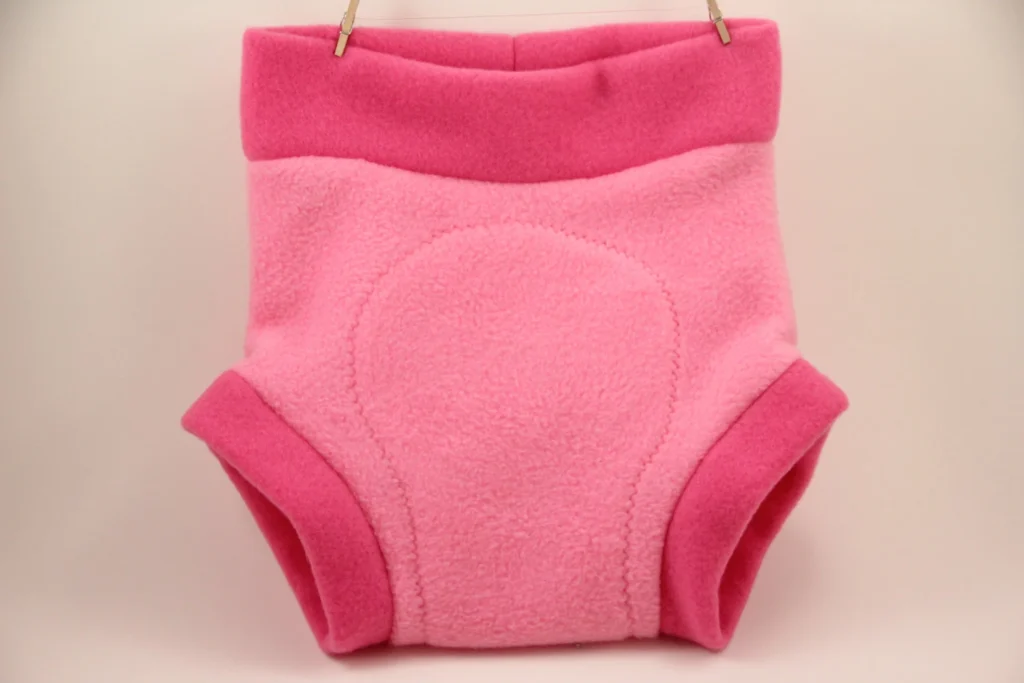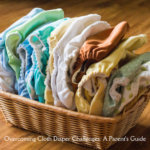Navigating the world of cloth diapering requires not only choosing the right type of diaper but also understanding the accessories that make it functional and practical, such as diaper covers. With 15 years of expertise in the printing industry, I’ve learned that the right materials and tools are crucial for optimal results, a principle that extends into selecting baby diaper covers. This guide will help you understand the different types of diaper covers, how to select the best material, and crucially, how many diaper covers you actually need for effective diapering.
Understanding Cloth Diaper Covers
Types and Functions of Baby Diaper Covers
Diaper covers are indispensable in cloth diapering, providing a waterproof barrier that keeps leaks at bay and ensures your baby stays dry.
Types of Diaper Covers:
- Wraps with Velcro or Snaps: These are popular for their ease of use, making diaper changes swift and simple. Ideal for parents who value convenience and time efficiency.
- Pull-on Covers: Best suited for older or more active babies, these covers are designed for easy movement but require careful handling during messy changes.
Advantages of Using Diaper Covers:
- Effective Leak Prevention: Covers made from materials like PUL (polyurethane laminate) or nylon provide reliable waterproofing.
- Economical: Since they are reusable, diaper covers offer significant cost savings over time compared to disposables.
- Comfort and Health: With options like breathable wool or fleece, covers help prevent diaper rash by allowing air circulation around the baby’s skin.
Choosing the Best Material for Diaper Covers
The material of the diaper cover plays a pivotal role in its performance and the comfort of your baby.
Key Materials Explained:
PUL (Polyurethane Laminate): A highly favored choice due to its waterproof and durable nature, PUL covers are also easy to clean, making them a practical option for busy parents.
Wool: Known for its natural absorbency and antibacterial properties, wool is excellent for overnight use but does require more care in washing and maintenance.
Fleece: Offering similar benefits to wool but at a lighter weight and faster drying time, fleece is an alternative that provides good breathability and is easy to maintain.
How Many Baby Diaper Covers Do I Need?
Determining the right number of diaper covers you need depends on several factors, including your laundry routine and your baby’s age and stage.
Newborns and Infants: For newborns, who require frequent diaper changes, having 6-8 covers is advisable to cope with the higher number of daily changes.
Older Infants and Toddlers: As babies grow and their diapering needs change, 4-6 covers generally suffice. Toddlers, transitioning to potty training, may only need 2-3 covers.
Special Considerations for Wool: Wool covers, while requiring less frequent washes due to their natural properties, still suggest keeping 3-4 on hand for full-time use and possibly just 2 for nighttime use.
Practical Tips for Maximizing the Use of Diaper Covers
Implementing the right strategies for using and maintaining diaper covers can significantly enhance your cloth diapering experience.
Usage Recommendations:
- Frequent Adjustments: Regularly check and adjust the fit of the diaper cover to prevent leaks as your baby grows.
- Layering Strategy: During colder months or for nighttime, ensure your diaper cover can accommodate extra layers of cloth for increased absorbency without compromising the fit.
Maintenance Best Practices:
- Cleaning Routine: Wash covers with a mild, effective detergent and avoid fabric softeners to maintain their waterproof qualities.
- Drying Techniques: Allow covers to air dry completely to prevent any mildew growth and to preserve the integrity of waterproof materials.
Ensuring Comfort and Efficiency in Cloth Diapering
Choosing and using the right diaper covers can make cloth diapering a straightforward and enjoyable process. By selecting the appropriate types and quantities of covers and maintaining them properly, you can ensure that your baby remains dry, comfortable, and happy.
This guide aims to provide you with all the information you need to make informed decisions about diaper covers, helping you to manage cloth diapering efficiently and sustainably.












